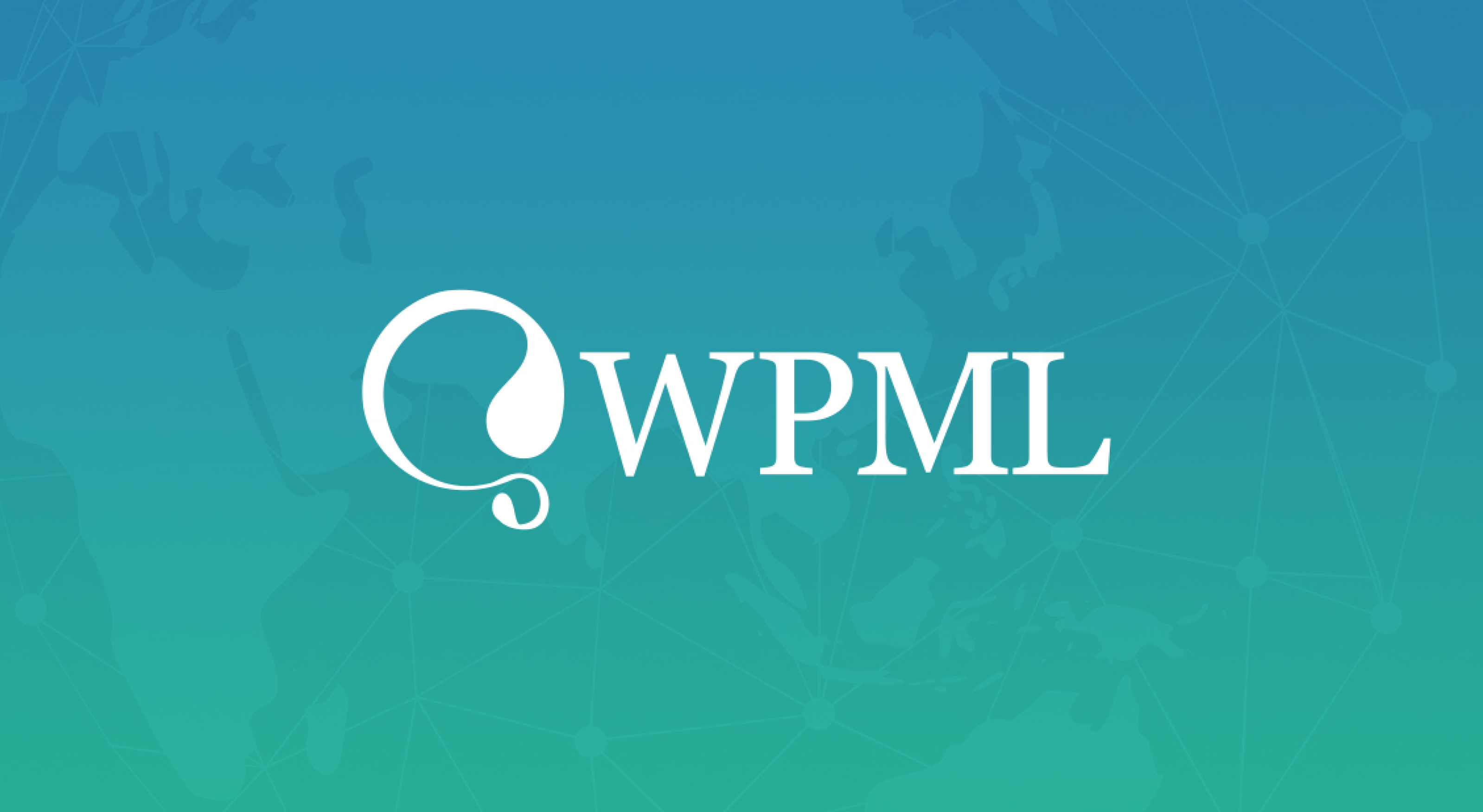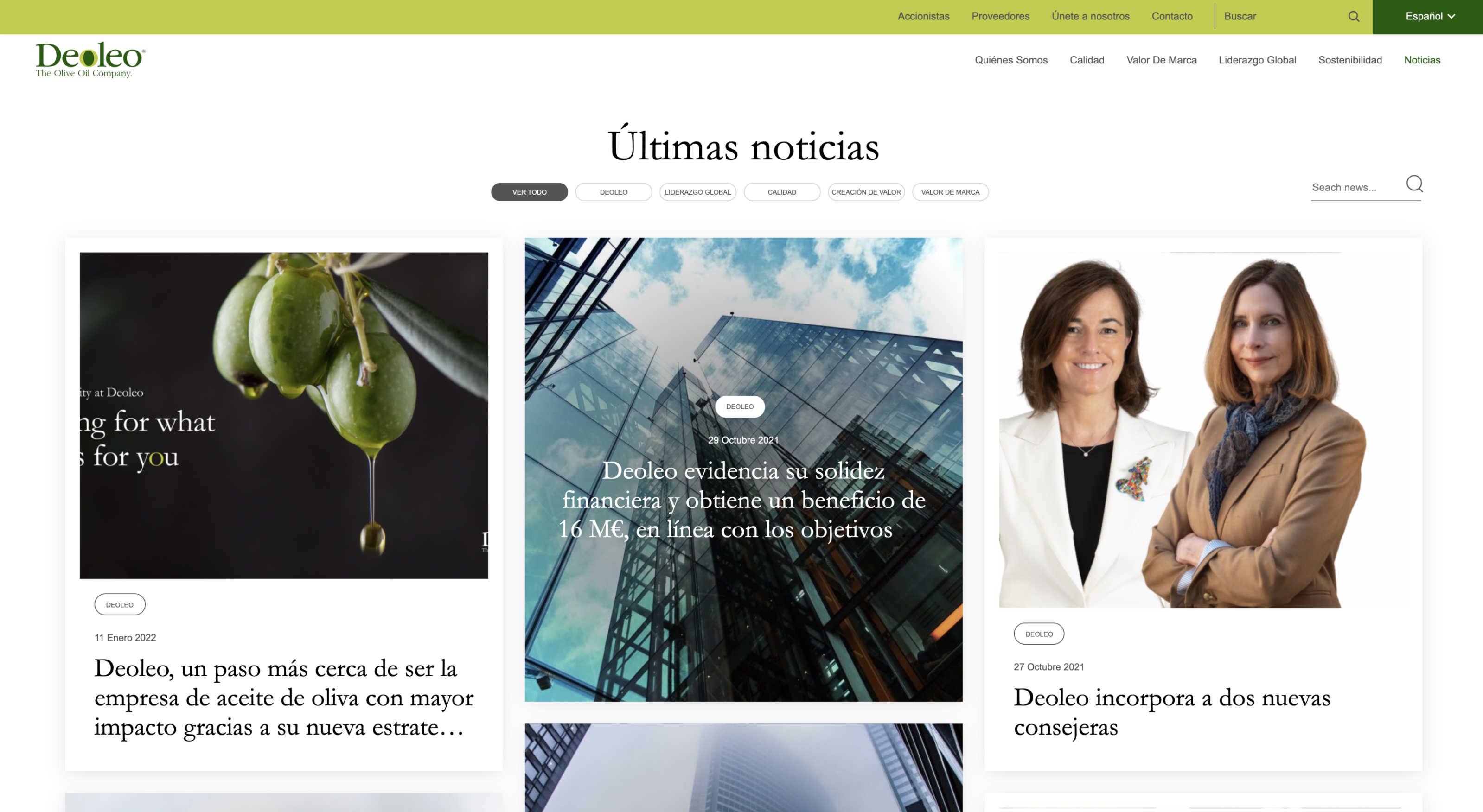Expanding your reach into new regions is a great way of achieving business growth, so we have put this blog post together to offer some tips to consider to ensure website performance across the globe.
Achieving a global reach with your enterprise website
Many large businesses sell in countries other than their origin, yet many of their websites are not designed or optimised to attract international customers.
This makes it extremely difficult for these businesses to generate international sales.
We find that this is a big issue for many of the international businesses we speak to.
So we thought we’d share some insight into how you can effectively use your website to market your business to the wider world.
Offer content in the native tongue
To guarantee you’re able to sell to a global audience, ensuring your website speaks to the targeted population is essential.
According to Worldoemeters, the world population as of 2022 is around 7.9 billion, yet only 1.5 billion people speak English.
By offering your website content in the language of your target nation, you’re ensuring that the remaining 6.4 billion are not missed out.
Whilst you could automate translation for your website, there are better options available to you that make life just that little bit easier.
Manual translations are always better than an automated alternative!
We prefer to utilise the WPML WordPress plugin, which lets authors write content in various languages and offers help for content translation too.
If you happen to have a large website, then the implementation of these translations doesn’t have to be done at once.
The beauty of using WPML means that you can specifically target some of the pages in a phased approach.

Designing for different cultures
To create an effective website that appeals to a global audience, it isn’t just language differences that need to be considered.
People from different areas of the world and from different cultural backgrounds may have different ways of interacting with a website.
A change in navigation may need to be considered, or a better understanding of the dos and don’ts of a particular culture.
For example, the majority of websites in Japan use a cartoonish style due to the country’s fondness for anime and visual content.
Therefore the user’s expectation is to receive an experience very visual which can be reflected in the selection of colours, fonts and graphic elements.
Should you be looking to target Saudi Arabia and the UAE, then your website needs to be responsive to the unique way that users from these countries interact with mobile, as this is by and large the preferred device for the majority.
If you have a product or service that is only available within a specific country or territory, you should also think about designing specific landing pages for that intended audience.
Before attempting to launch your website into any new target region, we would always strongly recommend you spend some time analysing the website experiences of similar organisations that are native to that area.
This can offer invaluable insight into how users within that territory navigate a website.

Ensure fast website speeds for all users
A website’s speed can depend on a number of factors.
Internet connectivity is obviously a crucial element, and as access to the internet is different from one country to another, this can pose a significant challenge to any international business.
When launching websites that target international audiences, we always implement a content delivery network (CDN).
A CDN helps to locate a collection of servers all around the world to ensure fast loading speeds.
CDN’s are great for businesses looking to expand their reach into new regions, as it ensures identical speeds wherever you are in the world.
We like to use Cloudflare, which is a US based company that specialises in web infrastructure and security that provides content delivery network and DDoS mitigation services.

Lasting thoughts
Whilst all websites are global by nature, ensuring that your website is visible, accessible and navigable in any country requires careful planning and consideration.
As the web continues to grow and with more businesses than ever before looking to market to international audiences, cultural differences and preferences in web design are more important now than ever before.
Websites from different countries can differ greatly in their choices of colour, imagery, navigation and even site structure.
Expanding your reach into new regions is a great method of achieving business growth, however, it is essential that your business website is ready to help you do so.
Yes, managing a website for a global audience does take more effort, however, if done so correctly, your business will reap the rewards.